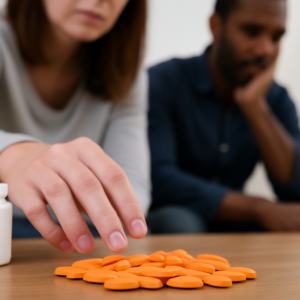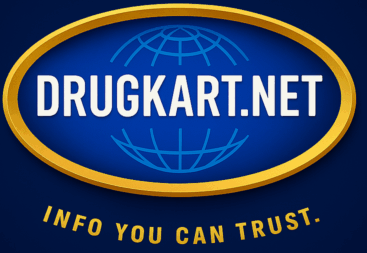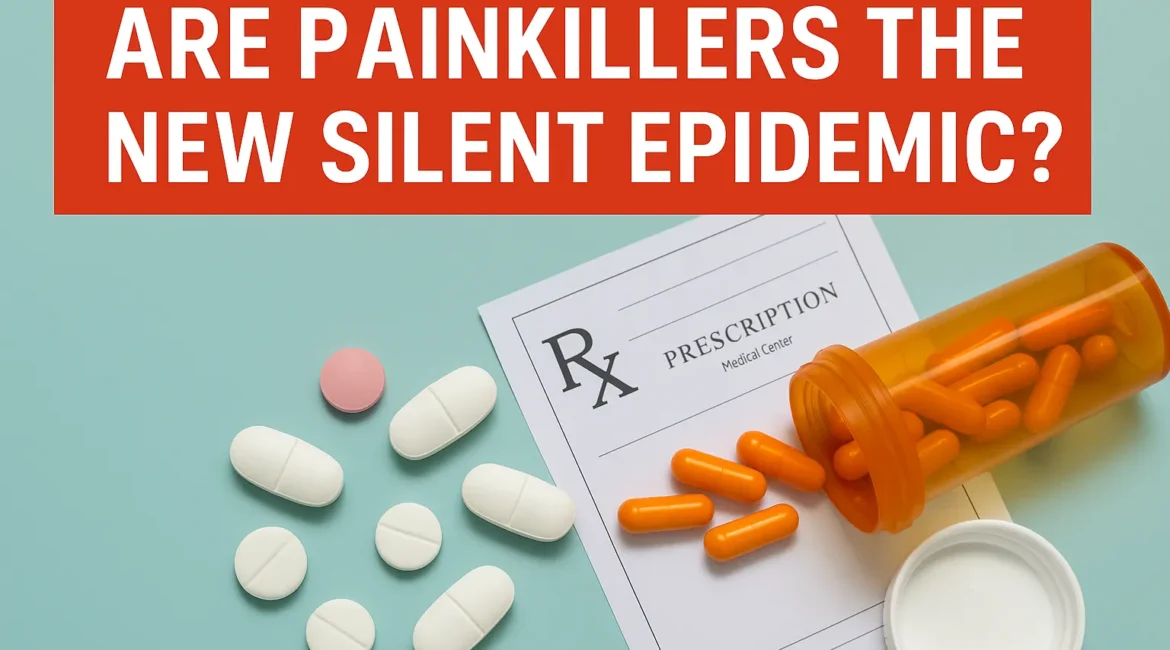Painkiller Addiction in the USA: A Growing Health Crisis
Painkiller addiction USA has become one of the most urgent and often overlooked public health issues in the United States. While opioids and prescription painkillers were designed to relieve suffering, their misuse has led to a widespread crisis affecting families in every state. What begins as legitimate pain relief often spirals into dependency, especially when warning signs go unnoticed. From accidental overdoses to long-term emotional and physical harm, the consequences are devastating. Addressing this crisis requires more than regulation—it calls for open dialogue, early education, and compassionate support systems for those affected. Awareness is the first step toward change.
Painkiller addiction in the USA 
In the United States, addiction to prescription painkillers has turned into a full-blown health crisis. It often starts innocently—with someone treating real pain using medications like oxycodone, hydrocodone, or fentanyl. But over time, some users develop a tolerance, take higher doses, and find themselves hooked.
This epidemic hasn’t just affected individuals—it’s devastated families, overwhelmed communities, and put strain on the healthcare system. Recognising the early signs of trouble, like needing more pills to feel relief or experiencing withdrawal symptoms, can make a big difference.
What’s needed now is clear: better education around safe medication use, smarter prescribing by healthcare providers, and accessible treatment options for those struggling. Turning the tide will take coordinated action—and it starts with awareness and compassion.
Are Painkillers the New Silent Epidemic?
In recent years, the phrase “silent epidemic” has shifted from metaphor to reality—especially when it comes to painkillers. What began as a trusted medical solution for physical discomfort has quietly evolved into one of the most pressing public health crises in the United States. At Drugkart.net, we dig beneath the surface to expose how painkillers—especially opioids—have transformed from helpers to hazards.
Painkillers: A Double-Edged Sword
Medications like oxycodone, hydrocodone, and morphine are routinely prescribed for everything from post-operative pain to long-term conditions like arthritis or nerve damage. When used appropriately under medical supervision, these drugs can provide critical relief and even restore day-to-day functionality.
But the power of these medications comes with a dark side. Their very effectiveness can mask the risks—leading to overuse, dependence, and even addiction.
According to CDC data, nearly 200 Americans die every day from opioid-related overdoses. What’s more disturbing? Most of those cases started with a legitimate prescription—not street drugs.
Why It’s “Silent”
Unlike visible diseases or widespread infectious outbreaks, painkiller misuse often unfolds behind closed doors—in homes, not hospitals. It can begin with a pill for a minor injury or surgery and evolve into something far more dangerous.
Common warning signs include:
- Increasing doses without medical approval
- Using medications to cope with emotional or psychological pain
- Hiding usage due to shame or fear of judgment
This slow, quiet progression makes it hard for family members, friends—even the person misusing the drugs—to recognise the danger. By the time the symptoms of opioid use disorder (OUD) become visible, dependency may already be deeply rooted.
Busting the Myths
| Myth | Reality |
|---|---|
| “Prescription means safe.” | Safety depends on how it’s used—not just how it’s prescribed |
| “Short-term use can’t hurt.” | Dependence can start within just a few days |
| “I’ll notice if I’m addicted.” | Many realize only after experiencing withdrawal symptoms |
Painkiller misuse doesn’t always involve reckless behaviour or visible deterioration. It’s often subtle—which is exactly why it’s so dangerous.
A Hidden Toll on Mental and Physical Health
Beyond physical dependency, opioid misuse can lead to serious emotional and psychological harm. Anxiety, depression, mood swings, and sleep disturbances are common in patients who develop a reliance on these medications.
Many individuals experience withdrawal symptoms like sweating, restlessness, insomnia, nausea, and agitation when trying to quit. This reinforces the cycle of use, making it even harder to stop.
Moreover, the stigma around addiction prevents many from seeking help, causing further isolation and delay in treatment. This is not just a crisis of chemistry—it’s a crisis of awareness, compassion, and systemic support.
Prevention Starts with Awareness
At Drugkart.net, we believe prevention is the most powerful tool against this silent epidemic. Here’s how you can take action:
- Have honest conversations with your doctor about pain management
- Ask about alternatives like physical therapy, non-opioid pain relievers, or lifestyle adjustments
- Follow dosage instructions exactly—never more, never less
- Safely dispose of unused medications at a pharmacy take-back program
- Know the early signs of addiction: craving, secrecy, and mood changes
If you’re a carer or family member, don’t overlook unusual behaviour like constant drowsiness, social withdrawal, or missing pills. Early detection can save lives.
Final Thoughts
Painkillers aren’t inherently evil—they serve a real and necessary role in modern medicine. But they demand respect and responsibility. The real danger lies not in the drug itself but in the lack of understanding, communication, and safety protocols.
The silent epidemic isn’t only about addiction—it’s about misuse, misinformation, and the human cost of underestimating risk.
At Drugkart.net, we’re committed to spreading knowledge that empowers Americans to manage pain safely and smartly. Let’s break the silence—because education, not fear, is the first step to recovery.

